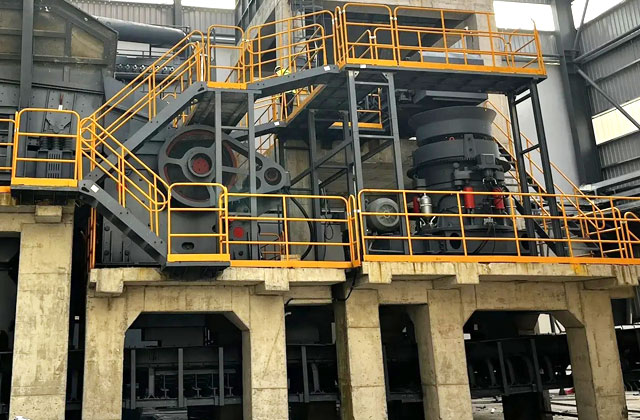Mineral processing begins with the extraction of valuable minerals from their natural ore bodies. One of the earliest and most essential steps in this process is crushing, which breaks down large rocks into smaller, manageable pieces for further processing. Crushing is typically divided into two main stages: primary and secondary crushing. These stages work in tandem to ensure the efficiency and effectiveness of the overall mineral processing operation.
Primary crushing is the first stage where large rocks from the mine site are reduced to a size that can be handled by the processing equipment. This is usually achieved using heavy-duty equipment like jaw crushers or gyratory crushers. These machines are designed to handle large feed sizes and produce coarse output, typically ranging from 6 to 10 inches. The main purpose of primary crushing is to reduce the run-of-mine (ROM) material to a size that facilitates transport and further processing, while also increasing the surface area for subsequent stages.

Secondary crushing takes over after primary crushing, further reducing the material size to prepare it for screening or grinding. Equipment used in this stage includes cone crushers, impact crushers, and sometimes hammer mills. These machines produce finer material, typically between 1 and 3 inches in size. The secondary crusher must be robust and reliable, as it handles material that is already partially reduced but still abrasive and dense. Proper secondary crushing ensures better efficiency in downstream processing steps, such as milling and flotation.
The transition from primary to secondary crushing must be carefully managed to maintain a consistent feed rate and particle size distribution. An efficient crushing circuit depends on factors such as the hardness of the ore, the required product size, and the desired throughput. By optimizing the coordination between these stages, plants can minimize energy consumption, reduce wear on equipment, and improve overall plant performance.
In conclusion, both primary and secondary crushing play vital roles in mineral processing. Primary crushers handle the initial size reduction of raw material, while secondary crushers refine the material for further processing. Together, they form a crucial part of the comminution circuit, directly impacting the efficiency and economics of mineral recovery. Understanding and optimizing these stages is essential for maximizing resource utilization and ensuring successful mineral processing operations.
